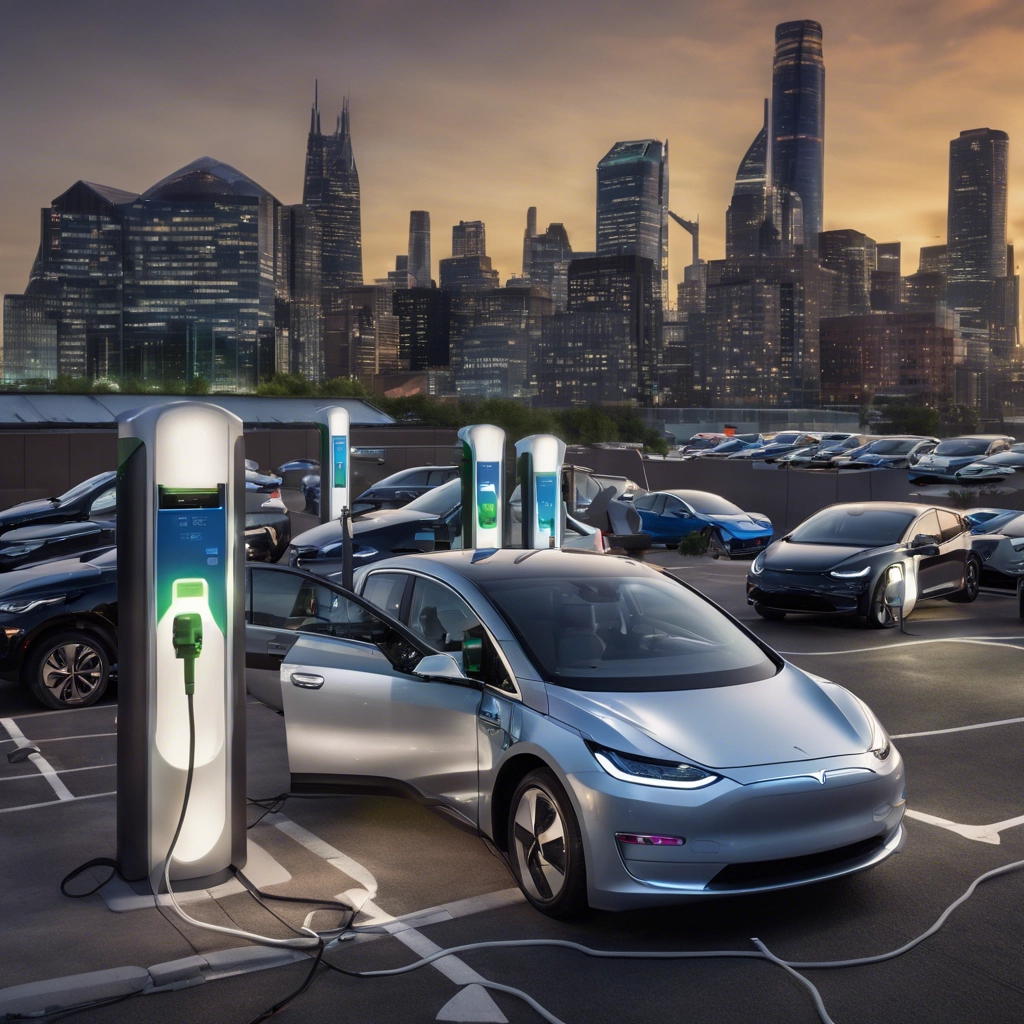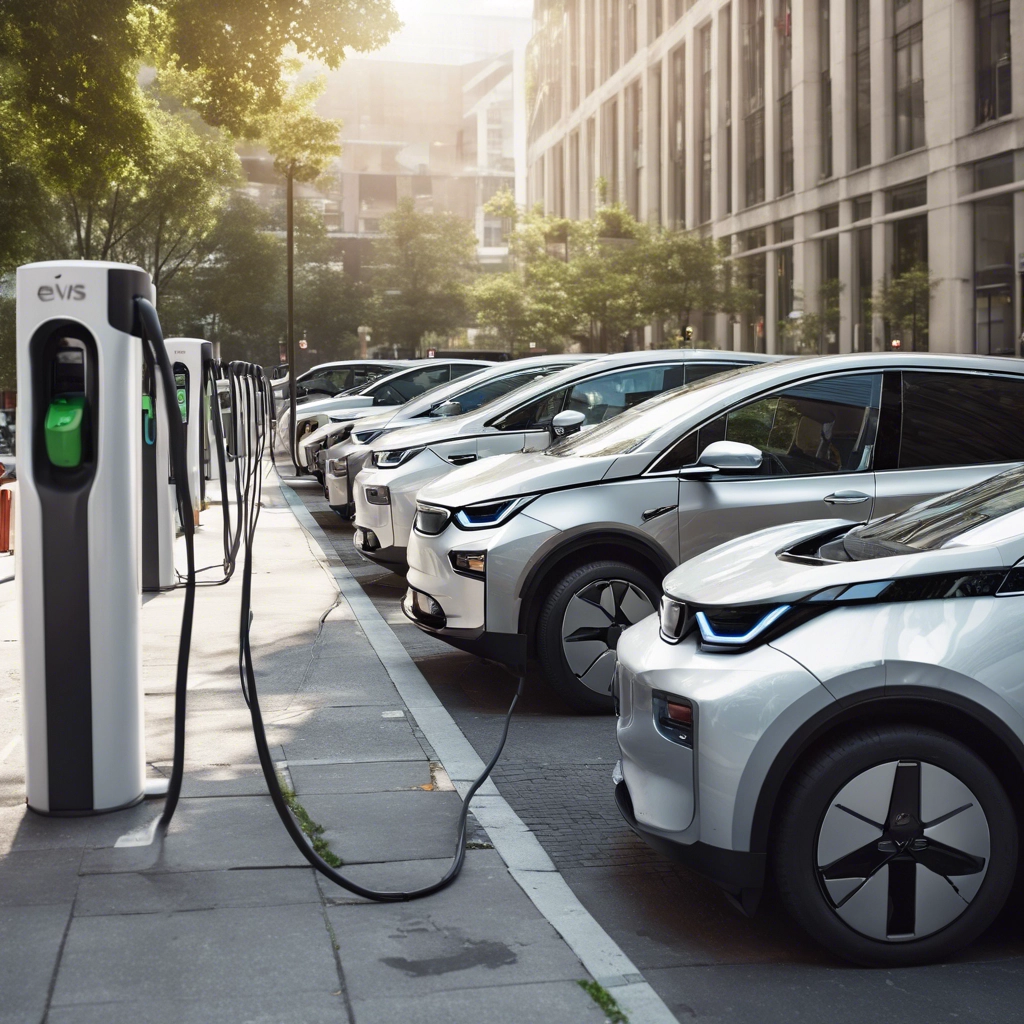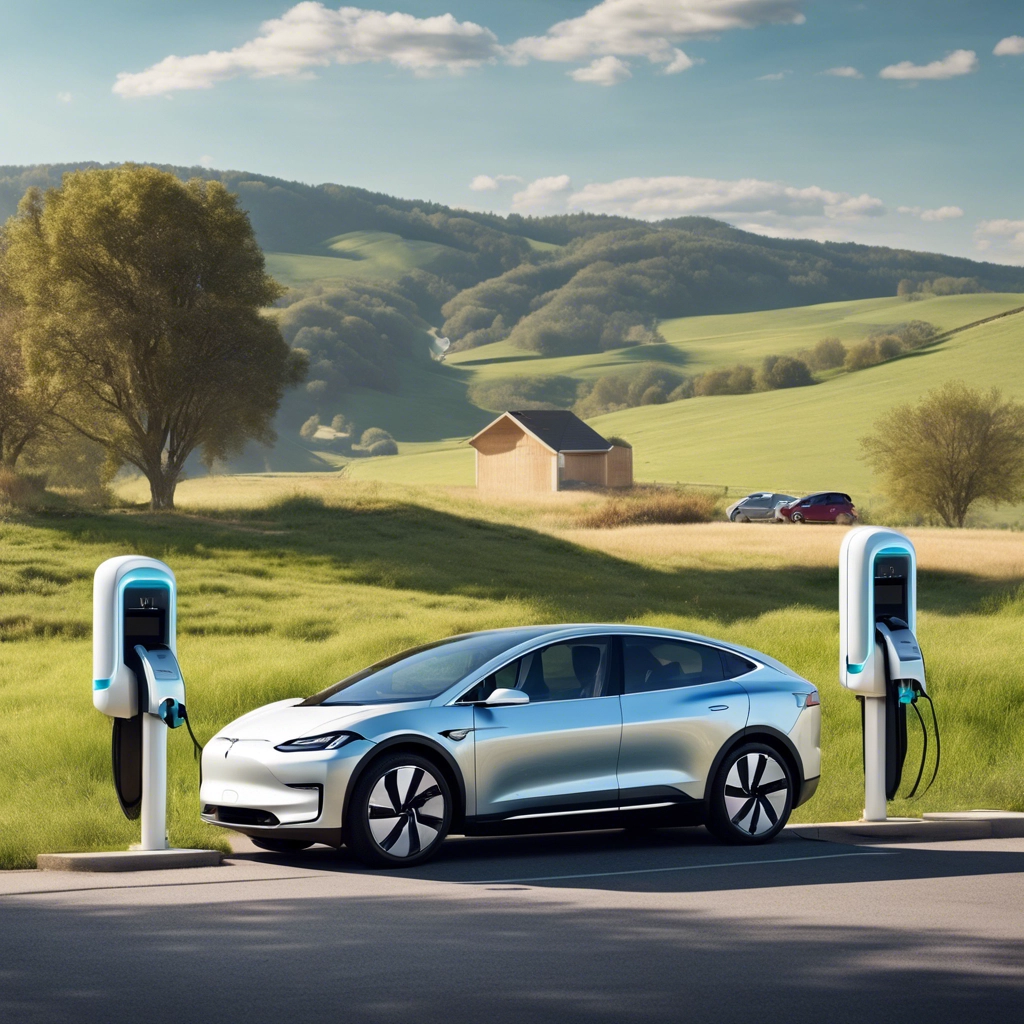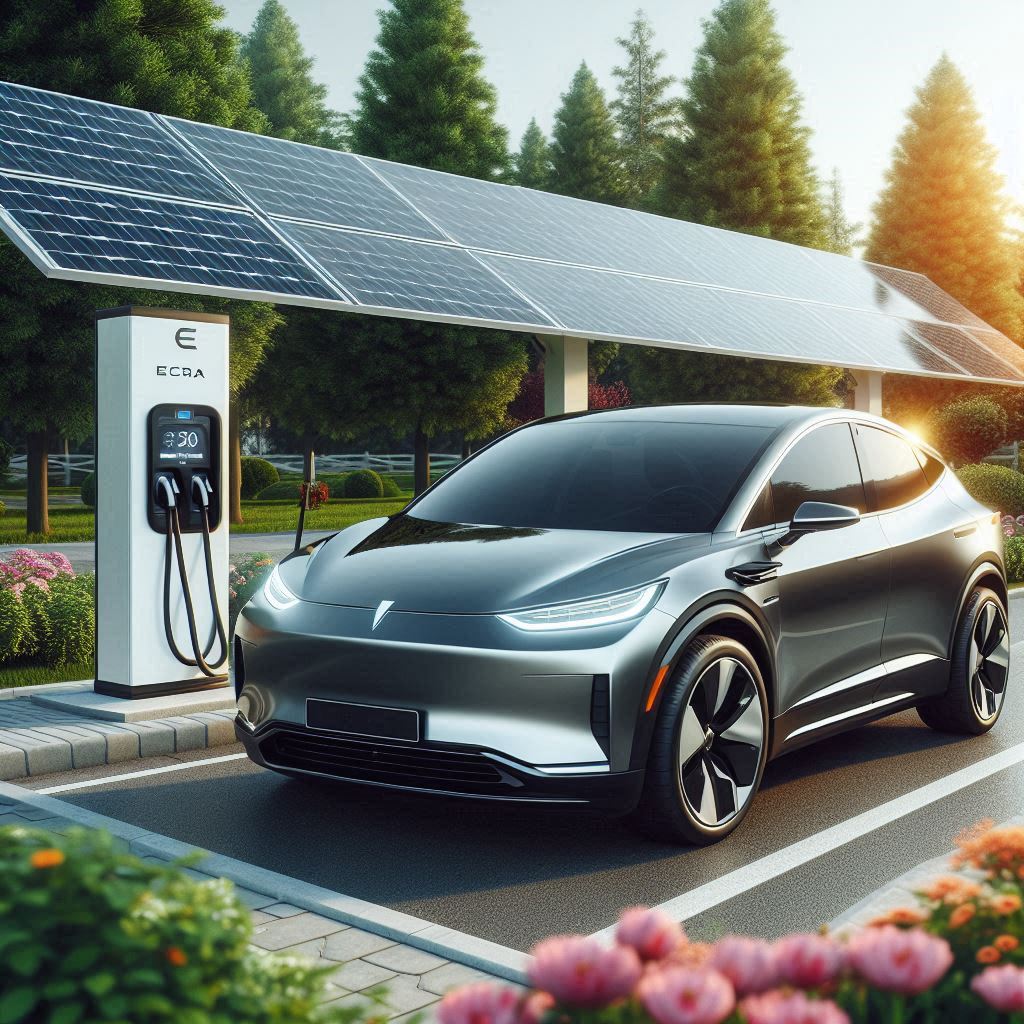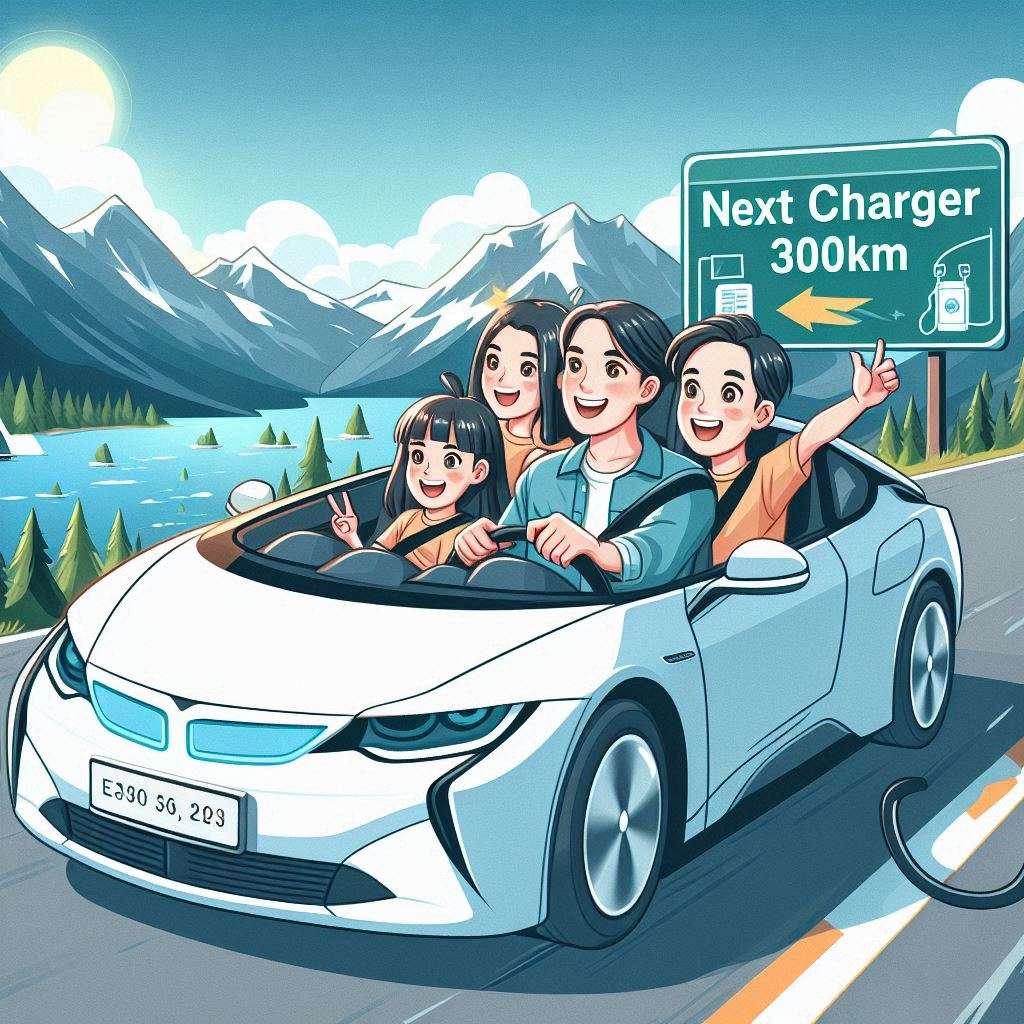Nowhere to charge your EV? Really?
You’ve likely heard it before: “I’d love to buy an electric vehicle, but there’s nowhere to charge it.” This common misconception has been a major hurdle for many would-be EV owners.
Myth Busted: Plenty of places to charge your EV
But what if you knew that this assumption was, in fact, a myth? The reality is that charging infrastructure is rapidly expanding, with a growing number of public charging stations and home charging options available. In this post, we’ll explore into the facts and explore just how easy it is to keep your EV charged and ready to go
The Rapid Expansion of Public Charging Stations
Across the country, an unprecedented number of public charging stations are popping up, making it easier than ever to charge your EV on-the-go. In fact, the number of public charging stations has grown by over 50% in just the past year alone, with many more in development.
The Rise of Home Charging Options
Homeowners are also finding it increasingly convenient to charge their EVs from the comfort of their own garages. Home charging options are becoming more affordable and accessible, allowing you to charge your vehicle overnight and wake up to a full battery.
Charging at home is not only convenient but also cost-effective. Imagine being able to fuel up your car for a fraction of the cost of petrol on an off-peak energy plan. With home charging, you can do just that. Plus, many utility companies offer special EV rates, which can save you even more money on your electricity bill.
The Current State of Charging Infrastructure
Some may still be thinking that electric vehicles are not practical due to the lack of charging infrastructure. However, governments and private companies are investing heavily in building out a comprehensive network of charging stations, making it easier than ever to own and operate an EV.
Government Initiatives and Investments
With governments around the world setting ambitious targets for EV adoption, they are also investing heavily in building out the necessary infrastructure.
Private Sector Contributions
Currently, companies like Tesla, Chargefox, Evie and Jolt are leading the charge in building out extensive networks of public charging stations. These companies are installing thousands of new charging points every year, making it easier for you to find a place to charge your EV on the go. Petrol station chains like BP (BP Pulse) and Ampol (Amplify) are getting onboard now, looking to make sure they don’t lose revenue as people move to EVs.
State-of-the-art charging stations are being built along highways, in shopping centers, and even at workplaces, providing convenient and fast charging options.
Urban vs. Rural Charging Accessibility
Any discussion about electric vehicle charging accessibility must consider the differing landscapes of urban and rural areas. While it’s true that charging infrastructure is more prevalent in cities, it’s not a guarantee that you’ll have easy access to a charging station in urban areas, nor is it a certainty that you’ll be left stranded in rural areas.
Urban Areas: A Hub for Charging Stations
An abundance of charging stations can be found in urban areas, with many cities boasting multiple public charging points per square mile. This means that you’re likely to find a charging station near your home, workplace, or favorite shopping center.
Rural Areas: Closing the Gap
Charging infrastructure in rural areas has historically been limited, but this is rapidly changing. Governments and companies are investing heavily in expanding charging networks to reach more remote areas, ensuring that you can charge your EV no matter where you live or travel.
Australia has been quick to adopt charging stations in major outlying cities and towns, and a good thing too considering how far apart some of our cities are.
Areas that were once considered charging deserts are now being connected to the grid. Motoring clubs have teamed up with charging companies to build out infrastructure in more outlying areas. With initiatives like these, the gap between urban and rural charging accessibility is narrowing, making EV ownership a viable option for people everywhere.
Convenience and Accessibility
Many people assume that charging an electric vehicle is a hassle, but the reality is that it’s becoming increasingly convenient and accessible. With the rapid expansion of charging infrastructure, you’ll find that there are more options than ever to keep your EV powered up.
Fast-Charging Networks and Highway Corridors
Accessible fast-charging networks are sprouting up along highway corridors, making long road trips a breeze. For instance, the Electric Highway in Tasmania has committed to building additional fast-charging stations across the state, with many located near shopping centers, restaurants, and rest stops.
Workplace and Destination Charging
Fast-charging options are also popping up at workplaces and popular destinations, making it easy to top off your battery while you’re out and about. You can charge your EV while you’re at work, shopping, or grabbing a bite to eat.
A growing number of employers are installing workplace charging stations, recognising the benefits of attracting and retaining employees who drive EVs. Additionally, many shopping centers, movie theaters, and restaurants are incorporating charging stations into their parking lots, providing a convenient way to charge your EV while you’re running errands or enjoying a night out. With these options, you’ll find that charging your EV is often just a matter of plugging in while you’re doing something else.
The Role of Technology in Expanding Charging Infrastructure
To overcome the perceived limitations of EV charging infrastructure, technology has played a crucial role in expanding and improving the charging experience.
Advances in Charging Speed and Efficiency
Charging speeds have increased dramatically, with high-power charging stations capable of delivering up to 350 kW, allowing you to charge your EV to 80% in under 30 minutes, and even less than 20 minutes in many cases. My personal best is 17% to 83% in 17 minutes. This significant improvement in charging efficiency has reduced the time spent at charging stations, making long-distance EV travel more practical.
Smart Charging Systems and Grid Management
With the integration of smart charging systems, you can now charge your EV when energy demand is low, reducing strain on the grid and minimizing your carbon footprint. These systems optimise charging times based on your schedule, energy availability, and other factors, ensuring a seamless and sustainable charging experience.
For instance, smart charging systems can detect when you’re not using your EV and charge it during off-peak hours, taking advantage of lower energy rates and reducing peak demand on the grid. This not only benefits you as a consumer but also helps utilities manage energy distribution more efficiently, ultimately leading to a more reliable and resilient grid.
Overcoming Range Anxiety
Unlike what you may have heard, range anxiety is a common phenomenon that affects many potential EV buyers, but it’s not an insurmountable barrier. With a little education and exposure, you can overcome your concerns and enjoy the many benefits of electric vehicle ownership.
Real-World Driving Experiences and Testimonials
Experiences from existing EV owners can be incredibly powerful in shaping your perceptions about electric vehicles. By hearing firsthand accounts of their daily driving habits, charging routines, and overall satisfaction, you can gain a better understanding of what to expect from EV ownership.
Check out our real world experiences here:
Tackling Tasmania: The Wrap Up
To wrap up
From above, you’ve seen that the notion that there’s nowhere to charge EVs is nothing more than a myth. In reality, charging infrastructure is rapidly expanding, with a growing number of public charging stations and home charging options. As you consider making the switch to an electric vehicle, remember that you’ll have ample opportunities to keep your car powered up. So, don’t let this misconception hold you back – with charging infrastructure constantly improving, the future of EVs has never looked brighter.
On a related note: Don’t leave home without a Type 2 Charge cable and a Granny Charger. These will likely get you some FREE ELECTRICTY, but they might also save you from being stranded if the only charger available requires you to supply your own cable.
Don't leave home without this item. I've used this charge cable quite a few times. On my Tasmania trip, I was able to get FREE electricity on multiple occasions where a BYO charge cable was required.
There have been several occasions where I'd have been downright stuck without this vital piece of kit, as the only chargers available were BYO cable jobs.
This is a great item for when you want to plug in to a regular power point. Whether you're at a camp ground or an AirBnB looking to top up overnight, or at home you can charge up practically anywhere with a power point.
Granny charging isn't fast, but it does get the job done. If you're charging while you sleep, who cares if it takes a while, especially if that electricity is sometimes FREE.


